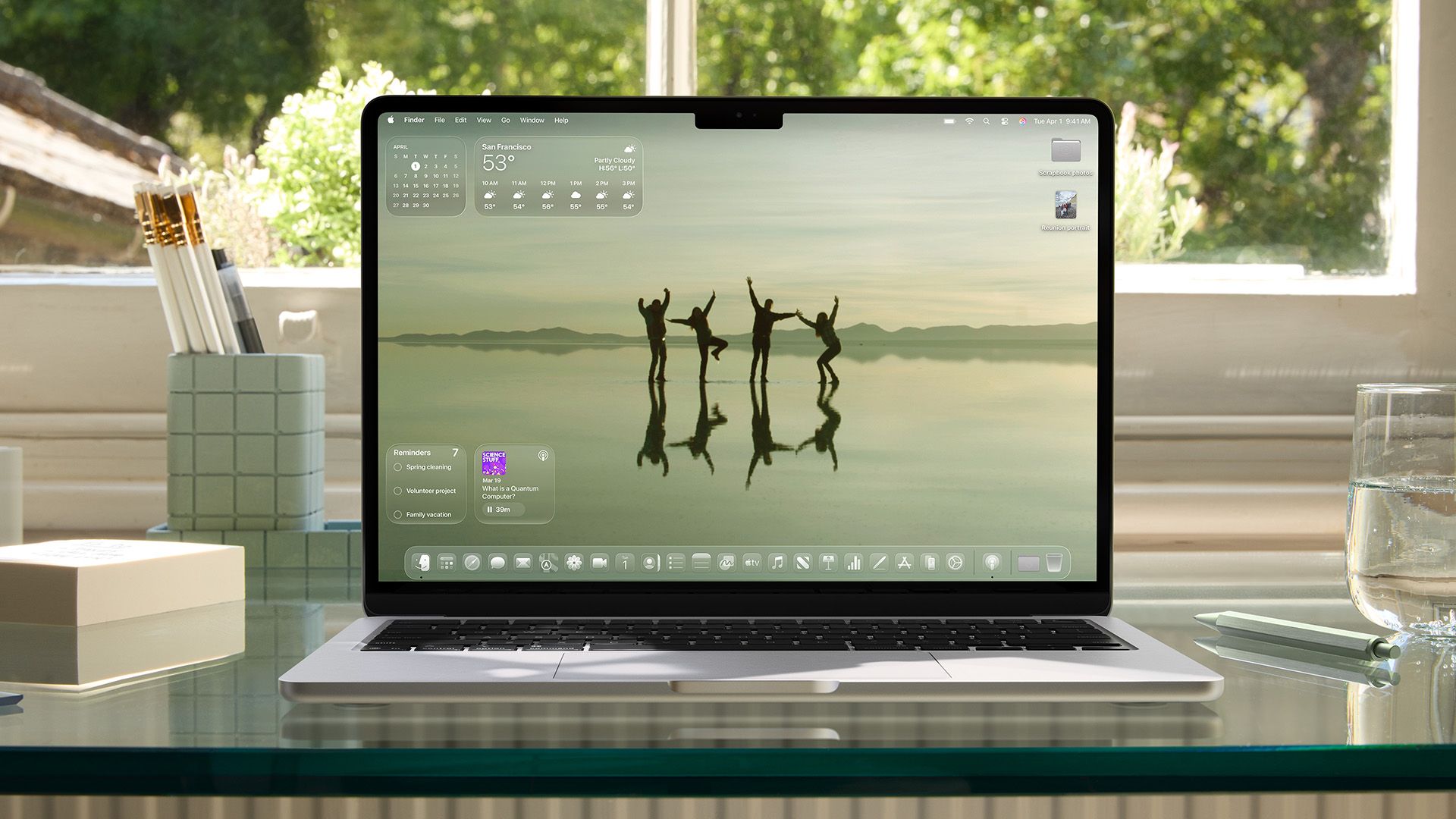Summary
- macOS 26 Tahoe is removing all support for FireWire, impacting legacy hardware users.
- FireWire, introduced in 1999, was faster than USB but eventually became outdated.
- Niche users reliant on FireWire must now keep older Macs running old macOS versions to use it.
You probably haven’t actually used a computer with a FireWire port in years, but it was still supported within macOS. It was the original USB killer before USB got improved on later. Now, though, FireWire is getting completely killed off, for good this time.
The company has seemingly removed all support for the data transfer standard in the first developer beta of macOS 26 Tahoe. Developers and beta testers have reported that FireWire devices no longer appear in the System Information app, Disk Utility, or the Finder. Even when connected through Thunderbolt-to-FireWire adapters or docks, which have served as a lifeline for legacy hardware, macOS 26 fails to recognize the devices. This means that classic hardware, including the first-generation iPod that relied exclusively on FireWire, will no longer be compatible with the latest Mac operating system.
FireWire, officially known as IEEE 1394, was first introduced by Apple in 1999 on the PowerMac G3. At a time when the first generation of USB offered sluggish speeds, FireWire 400’s 400 megabits per second transfer rate was a game-changer, more than 30 times faster than USB. This performance quickly established FireWire as the go-to interface for creative professionals in digital video editing, external storage, and professional audio. USB eventually won this fight, as you probably know, but FireWire was a good idea back in the day and was a necessary fix for an actual issue for users back then.
Eventually, FireWire stopped being offered as a connectivity option on new Mac computers. The iMac in mid-2011 was the last to feature the built-in connection. Though if you really needed FireWire, there were options that you could use, such as the aforementioned Thunderbolt-to-FireWire adapter. With macOS 26 Tahoe discontinuing FireWire support for good, this isn’t an option anymore, at least if you update to the newest version of macOS. This also continues macOS 26’s tradition of killing off the old. It’s also the last version of macOS to support Intel Macs, and it’s going full Apple silicon as of next year. The death of AFP, Apple’s first and original file sharing protocol, is also imminent.

Related
Your Mac Is Getting ‘Liquid Glass’, Spotlight Upgrades, and More
The macOS Tahoe 26 update is coming later this year.
For the vast majority of Mac users, the removal of FireWire support in macOS 26 Tahoe will be a non-event, a final footnote for a technology that has long been superseded. However, for a niche group of folks who still depend on older FireWire-based equipment, such as recording studios with legacy audio interfaces or archivists accessing older drives, this change will require them to maintain older Mac hardware running macOS Sequoia or earlier to ensure they can continue to use it. For other people, though, I’m sure you wouldn’t have noticed this if we didn’t tell you about it. (Some of you might just be finding out macOS still supports it.)
Source: AppleInsider







Leave a Comment
Your email address will not be published. Required fields are marked *